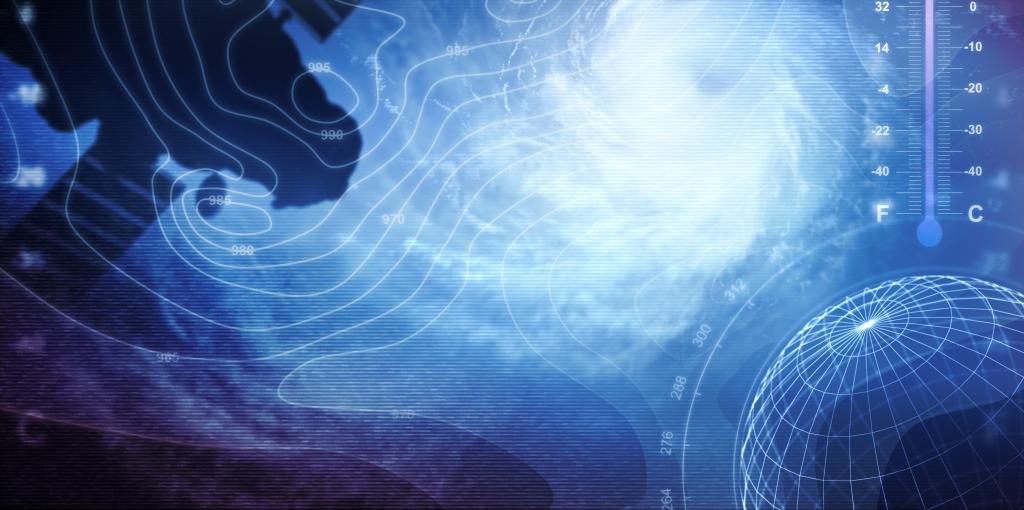Admission CTAs
Climate Dynamics Graduate Student Presentations
Graduate Student Presentations
Wed, 23 March, 1:30, Research Hall 163
Back to Seminar Pages
Akiko Elders
Diagnosing Sea Ice from the North American Multi Model Ensemble and Implications on Mid-latitude Winter Climate
Emerson LaJoie
Response of Internal Variability to Increasing Greenhouse Gases
Changes in internal variability of annual-mean 2m temperature in response to anthropogenic forcing are quantified for a global domain using climate models driven by a twenty-first century high emissions scenario. The statistical significance of the change in variance is evaluated using a new field significance test that accounts for spatial and temporal relationships within the domain. The new test uses an optimization technique based on discriminant analysis which yields results that are invariant to linear transformations of the data and therefore independent of normalization procedures. All climate models investigated here project significant changes in internal variability. The models consistently project decreases to temperature variance in regions of seasonal sea-ice formation and across the Southern Ocean. While more than half the models also project significant changes in variance over ENSO regions and the North Atlantic Ocean, the direction of this change is model dependent. Some models project future variability that is more than double their preindustrial control variability, raising questions about the adequacy of doubling uncertainty estimates to test robustness in detection and attribution studies.
Keri Kodama
ENSO Energetics and Wind Power: Quantifying Energy Contributions of Equatorial Wind Bursts
Priyanka Yadav
Predictability of mid-latitude circulation die to interactions with the Madden Julian Oscillation.
To understand the interactions between mid-latitude and the Madden Julian Oscillation (MJO) on intra-seasonal time scales, ERA-interim reanalysis data is analyzed. Different weather regimes in the Atlantic and Pacific develop in response to the MJO forcing. The response can be seen in the form of Rossby wave trains, jet retraction, and changes in storm tracks. A hypothesis is formulated based on different flavors of MJO episodes analyzed using ERA-interim data and NOAA OLR products. Three types of categories are identified: episodes in which Indian Ocean heating does not propagate into Pacific, those episodes which take longer that 15 days to propagate from Indian Ocean into the Pacific (SLOW), and those which take less than 10 day (FAST). The response to FAST episodes leads to a PNA pattern and SLOW episodes leads to the development of the Atlantic Oscillation. Both lead to NAO- like features in the Atlantic.
Zaiyu Wang
The Influence of Ocean Surface Currents on the Atmospheric Circulation
The role of ocean surface currents, now included in the calculation of atmospheric surface fluxes in CESM, on the atmospheric circulation is examined. The inclusion of the surface ocean currents in the formulation of the atmospheric wind stress could systematically affect the atmospheric surface stress, the friction velocity, and the boundary layer stability parameter, ultimately influencing the surface transfer and vertical mixing coefficients. The inclusion of the surface currents could then lead to systematic changes in the surface sensible and latent heat fluxes, as well as in the vertical structure of the boundary layer. The surface currents effects are examined by comparing CAM AMIP and CESM slab mixed layer ocean runs with observed surface currents specified to runs with zero specified surface currents.
